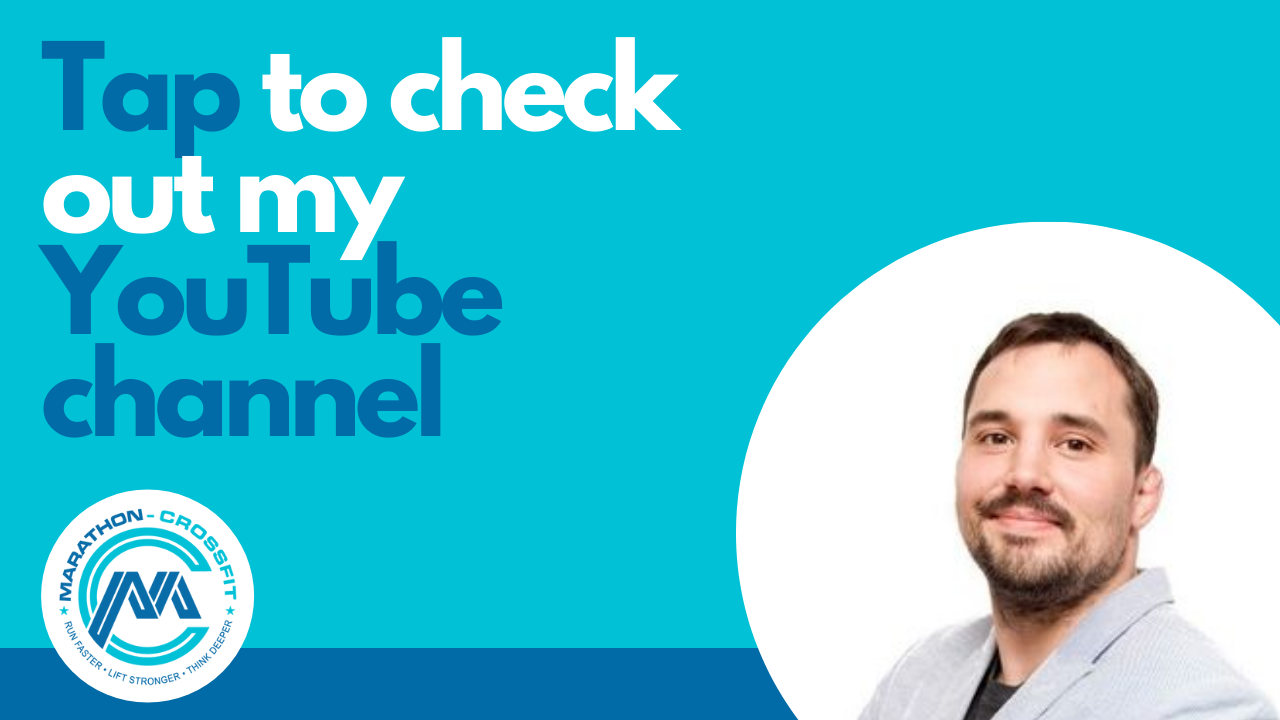How fitness coaches get unlimited power for their clients
This article describes how you can create ultimate power for your clients. This will turn them into fitness machines who stick to their plans and get results. This will make them look good and you in turn. What is better than a little army of enthusiasts telling all their friends how you set them up for success. The easiest way to get them the book this article is based on. Read on and learn how.
As a fitness coach, you have to be confident. Your clients look up to you. You have to be their beacon of hope when they think they will fail. After you have set a good example you move on to teach them the techniques you use to become more independent. Your ultimate goal is that your client does not need you anymore and tells someone how great you have been. This is no easy feat to do. You have your own life. Your own struggles. You might not have chosen to be a fitness coach. Your wife might push you for more time. Your landlord might push you for the rent. So how do you keep pushing your own and your clients potential?
The power of mind
Abraham Lincoln lost many elections. His family was in great distress. He was born in a time of turmoil in the US. He was already in his forties when his career finally got traction. He went on to become one of the greatest presidents in American history.
Winston Churchill had to switch his party because of his unpopular beliefs. At the end of the Second World War, he did not get re-elected. And yet he went on to become one of the most celebrated British prime ministers of all time.
Thomas Edison failed 9.999 times to create the light bulb. Even after so many unsuccessful attempts he still kept going. These are three of the most successful people ever recorded. Yet in some part of their lives, they were failures. They were laughed at.
The first thing you have to do is to learn from your mistakes. Be unafraid to try again. Keep notes of what went wrong and how to do better next time. A client tells you that you stink. Smell as fresh as a daisy next time. A client tells you that your programming sucks. Ask her what program she compares yours to. Take it on the chin and make it even better. Building a book of business takes time. Stick with it. You can not prevent difficult situations from happening. You can control how you react to them.
Instead of telling yourself what you can not do, look for what you can do. Be aware of what drags you down and kick it out of your life. Be a hero. Look
The four horsemen: Boredom, Anger, Procrastination, and Depression
There are several components of depression. All of them together will paralyze your clients to take action. This is why they hired you in the first place. If they were able to help themselves they would not spend money on your service.
The first challenge is lack of vision. A client who does not know why, how and what they are doing something is unlikely to get results. Your job is to lead by an example. Explain how a healthy body and mind will help your athletes in all walks of life. Ask them why they are doing sports in the first place. A good exercise to get deeper into this is to watch this TED talk.
On the other end of the spectrum is boredom. Avoid that your clients or you get bored with what you are doing. Keep things exciting by trying new things. Build key performance indicators to measure against. Track which activities have a diminishing return on investment. Work with variations of your bread and butter programs. This will make you a better trainer for having better clients.
Anger and frustration are further emotions to cover. These set in when your client does not get the desired result. Rather than leaning into the anger, stay calm. Your job is to keep them on track and in line. When they get frustrated with a situation to calm them down. Take the emotions out and stick to the facts. Have they stuck to the plan? If yes, do they sleep enough? If yes, are they more stressed than usual? Work your way to what keeps them from getting to their goal. Meditation can be a great tool to heighten focus and minimize anger attacks. An app like Headspace can help.
Procrastination is the last of the triumvirate of depression. Procrastination sets in when you can not prioritize. Your client is either overwhelmed or does not know how to prioritize.
When your client is overwhelmed help them simplify things. Make the diet simpler. Make the workout simpler. The main goal is consistency, not complexity. If your client does not know how to prioritize help them to get an overview of everything that is going on. Pen and paper are great for this.
Ask
"What keeps you from doing your self-maintenance?
Which activities take up most of your day?
How much "me" time is allocated?"
And once all of the activities are out in the open ask
"On a scale of one to ten compared to the other activities how important is this?"
Your clients will appreciate this when they came to you for advice. All these factors are related to the mind. This is where the battle for a successful transformation starts. This is where long-lasting change is achieved. Start there and built clients which will tell others how you changed their minds and got results.
How to make your clients go nuts for you
So how do you pull this off? First, ask your client about a time when they felt proud of themselves. Get to know the best thing that ever happened in their life. Then ask them what lead to that feeling. Was it something specific that was done? What made this success different from all the others? Was it the appreciation of the work being done? That special smile on the bosses face? The extra repetition even though there was nothing left in the tank?
This is the feeling you want to replicate to tune their mind into positive thinking. Once you have taken care of positive reinforcement formulate a clear vision.
First, find the gold standard for what your client wants to achieve. Study their routines. This is what your client pays you for. Doing the research. Cutting out the fat on their body and in the information.
Second is to teach these movements to your clients. Show and tell. Observe and adjust. Encourage and repeat. Avoid harping about mistakes. The less you talk about them the less they will be done.
Third, tell the client to visualize the person in place the of the gold standard. This can be a famous athlete, specific body shape or role model.
Fourth let the client picture themselves in place if their role model. Make it as real as possible.
Finally go out there and rip it. This is how you can use visualization for your clients to succeed.
Bonus tip:
Quick fixes for your clients to be more attractive are confidence and posture. Teach your clients to pull back their shoulders and smile. This will induce a boost of strength and positive attitude.
Confidence can be trained. Whenever your client drops a "maybe" or "we'll see" react like Yoda. There is only do or do not. There is no maybe. This will also show confidence to your clients when you walk the talk.
Conclusion
When you want to be successful with your clients it is not about the best program. It is about whether you get your client to stick to the program long term. Make them attribute their success to your influence.
This is a key difference between the beginning and experienced coaches. The experienced ones know that it is all about creating strong minds. Less experienced coaches will spend too much time on routines. This is the secret of the ultimate power for fitness coaches. Free their minds to free their bodies.
Further reading
- 12 practical tips for fitness coaches to be healthier
- As a man thinketh for fitness coaches
- Best apps for fitness coaches
- Choose yourself for fitness coaches
- Deep work for fitness coaches
- Finish for fitness coaches
- Grit for fitness coaches
- How fitness coaches get mindfulness easily
- Mastery for fitness coaches
- Rework for fitness coaches
- The ONE Thing for fitness coaches
- The power of now for fitness coaches
- The power of positive thinking for fitness coaches
- The power of thinking big for fitness coaches


